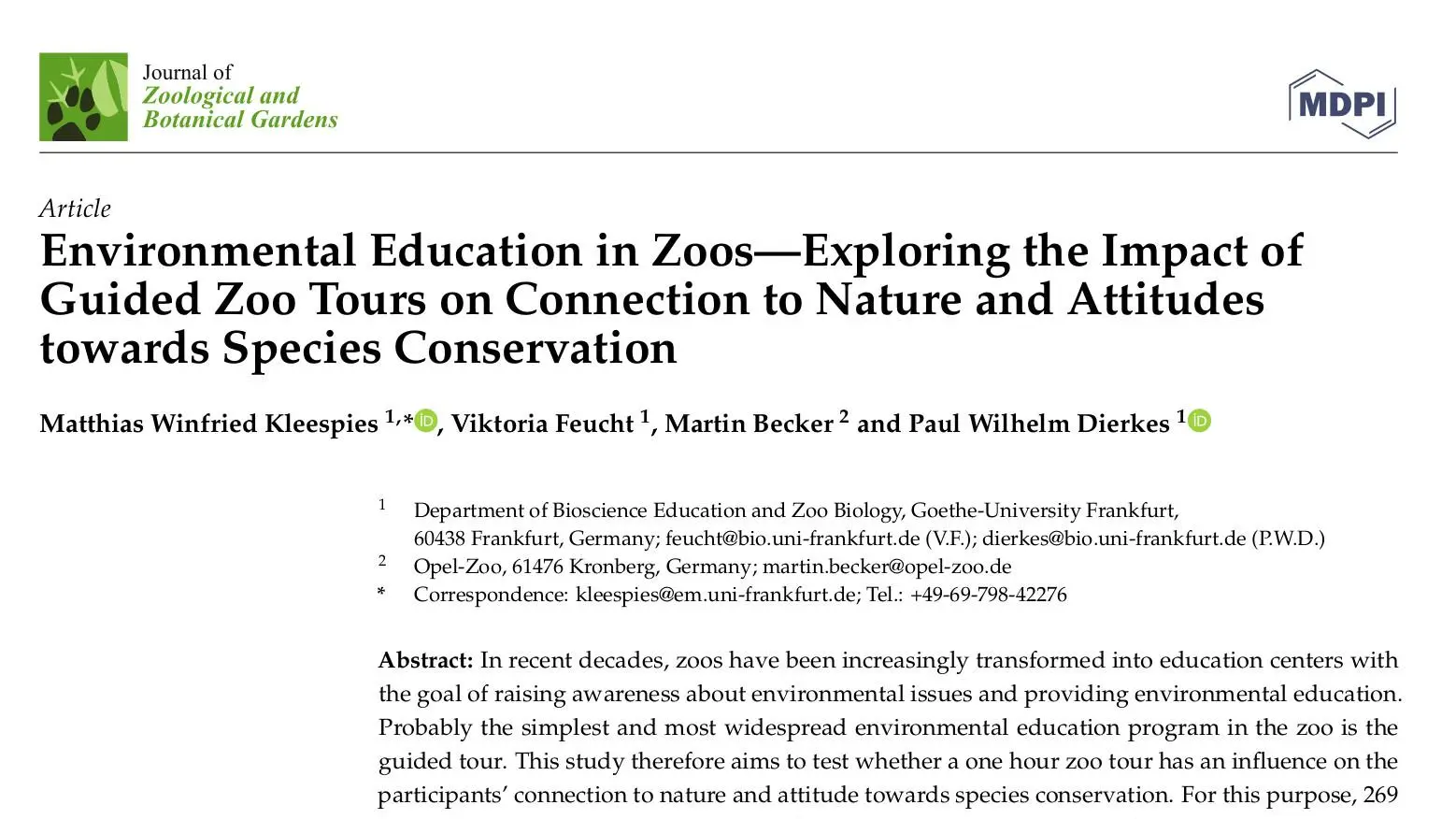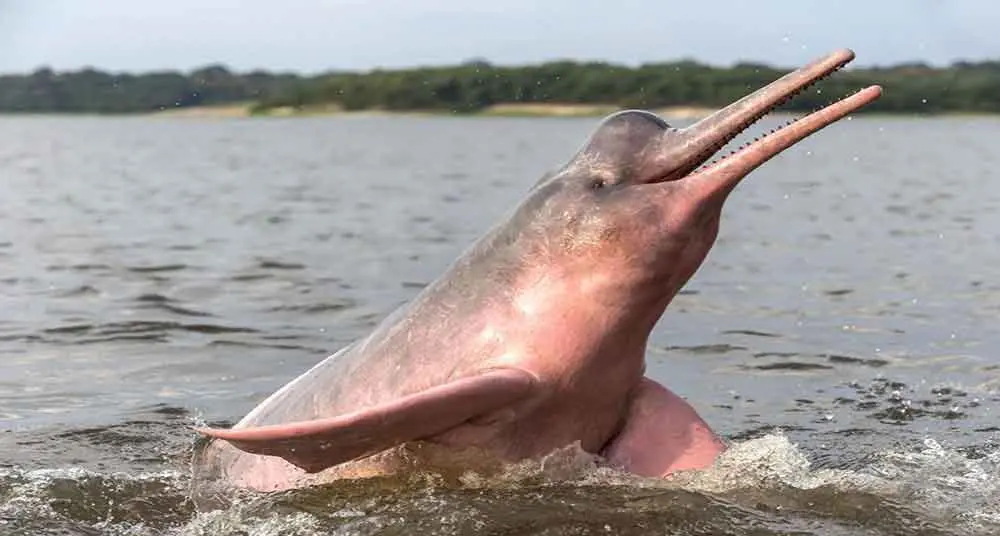
| Category | Land |
| Date | 2009 |
| Investment | 261.648,00$ |
This macaw species is critically endangered, with fewer than 1000 individuals in the wild and a declining trend. LPF has been working to save this species since 2009.
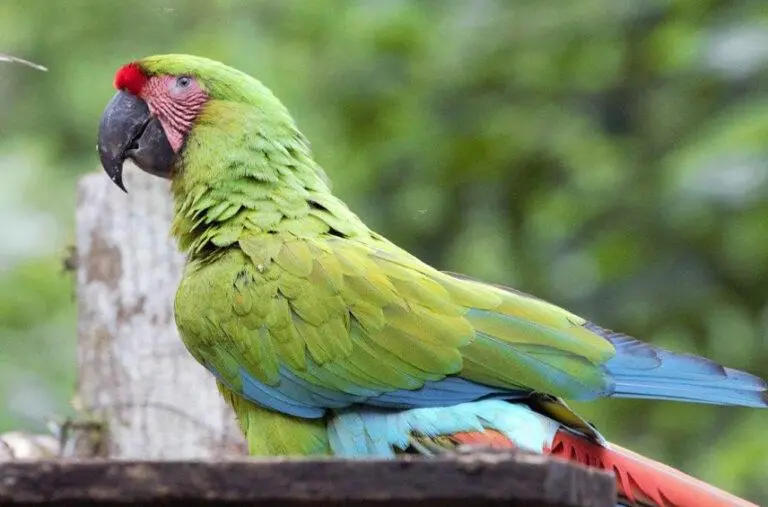
Great Green Macaw of Guayaquil
Re-introduction of the Great Green Macaw of Guayaquil in Western Ecuador
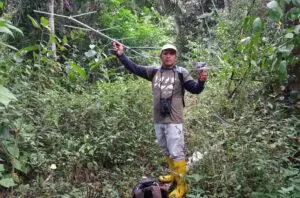
The species is in decline due to habitat destruction and trapping for illegal bird trade and overall, it is estimated that global population will decline by 80-99% in three generations.
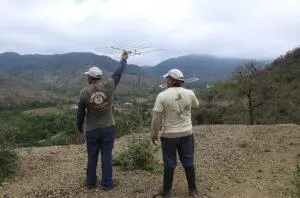
BLOG
News
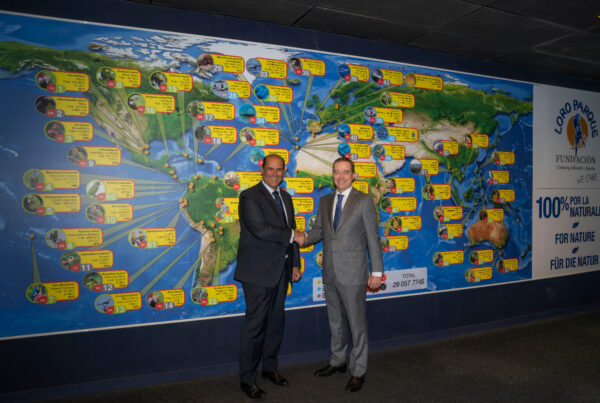
Loro Parque Fundación y la Fundación “la Caixa” renuevan su compromiso en la defensa de los cetáceos
